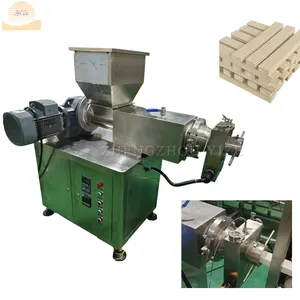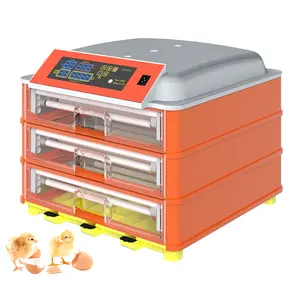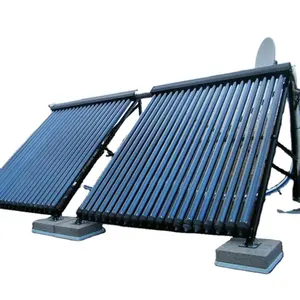Popular in your industry






































































Related Searches:







































































































































Top categories
About rain water collectors
Installing a rainwater collector system is an excellent way to conserve water and reduce utility bills. The rainwater collector system is essentially a setup that collects and stores rainwater for various applications, such as irrigation, gardening, and even domestic use under certain conditions. The system consists of several key components, including a collection surface, a system for transporting rainwater, a storage tank, and a distribution system. The rainwater collector system is designed to capture and store rainwater from rooftops, gutters, or other collection surfaces. The water is then transported via pipes or channels to a storage tank, where it is stored until needed. Finally, a distribution system, often equipped with pumps, filters, and control mechanisms, ensures the water is available for use.
Materials used in rainwater collector systems
Materials used in rainwater collector systems vary based on the specific design and intended application. Common materials for components like collection surfaces include metal, plastic, or composite materials. The pipes or channels for transporting rainwater are typically made of durable materials like PVC, HDPE, or metal, ensuring longevity and corrosion resistance. Storage tanks are often constructed from materials like polyethylene, fiberglass, or concrete, chosen for their ability to safely store water and withstand environmental conditions. Distribution systems feature a mix of materials, including plastic for piping, stainless steel for pumps, and various filtration media to maintain water quality. Each material is selected for its durability, cost-effectiveness, and compatibility with the overall rain collector system.
Advantages of rainwater collector systems
One of the primary advantages of rainwater collector systems is their contribution to sustainable water management. By harvesting rainwater, these systems reduce reliance on conventional water sources, making them a valuable tool for water conservation. Additionally, the collected rainwater is often free of the chemicals found in treated water, making it a more natural and environmentally friendly option. This not only benefits the environment but also contributes to reduced water bills for users. Furthermore, rainwater harvesting can help mitigate the impact of stormwater runoff, reducing the strain on drainage systems and minimizing the risk of flooding. From a practical standpoint, having access to stored rainwater can be crucial during water shortages or in areas where water quality is a concern. This aspect is particularly relevant for agricultural use, where rainwater can be an essential resource for irrigation. In addition to its sustainability benefits, rainwater can be used for various non-potable purposes, such as watering gardens, washing vehicles, or even flushing toilets, further extending its usability and cost-effectiveness. By providing a reliable and accessible water source, rainwater collector systems offer both environmental and economic advantages, aligning with the growing emphasis on sustainable living and resource management.
Installation process of a rainwater collector system
The installation of a rain water collection system involves several key steps to ensure its effectiveness and longevity. First, it's crucial to assess the site and determine the most suitable location for the collection surface, which is typically the rooftop. The choice of material for the collection surface should consider factors like durability and compatibility with the local climate. Next, the installation of gutters and downspouts is necessary to channel rainwater efficiently towards the collection point. These components should be securely attached and sloped to allow water to flow freely. The selection and installation of an appropriate filtration system are essential to ensure the quality of the collected rainwater. This may involve installing screens, mesh filters, or more advanced filtration technologies, depending on the intended use of the water. Another critical aspect of the installation process is the choice and positioning of the storage tank. Factors like tank capacity, material, and accessibility should be considered to meet the specific water storage needs. Additionally, the distribution system, including pumps and piping, should be carefully planned and installed to provide convenient access to the stored rainwater. Finally, regular maintenance and monitoring of the rainwater collector system are essential to address any issues promptly and ensure its continued performance. By following these steps and considering the specific requirements of the site, a rainwater collector system can be effectively installed to harness the benefits of sustainable water management.




















































